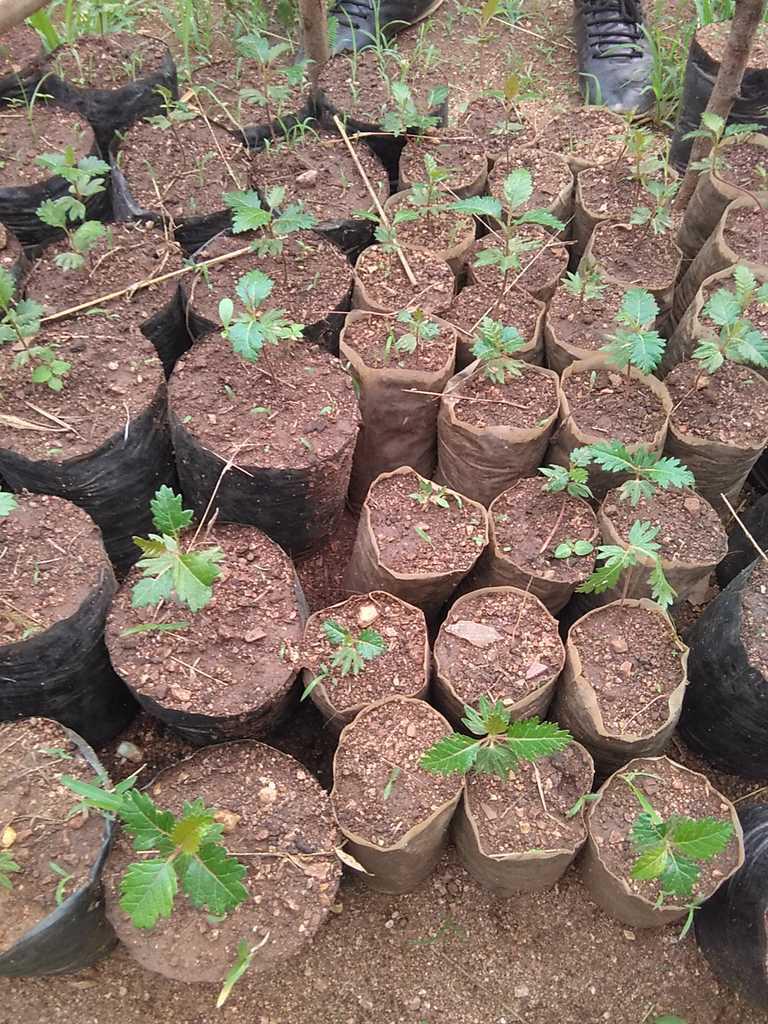Mehari Girmay
Other projects
5 Sep 2018
Vegetation Ecology and Ethnobotanical Study of Hirmi Forest, North West Zone of Tigray Region, Ethiopia
31 Oct 2019
Restoration Potential of Hirmi Forest: Threats and Possible Mitigation Mechanisms as Inference for its Conservation, in Northern Ethiopia
24 Jan 2024
Rehabilitation of Riparian Vegetation for Conservation of Wildlife Habitats and Improvement of Community Livelihoods in the Dryland Ecosystem of Northern Ethiopia
Deforestation in the northern part of Ethiopia has occurred for the past three millennia. This was mainly associated with the existed rapid human population growth in the rural area, poverty, expansion of agriculture, over-harvesting of plants, poor knowledge on the utilization and management and drought. Unless the local community, governmental and non-governmental conservation organ pay attention to this intrinsic problem, it is not by far the converting our well-off natural environment to a desert. Thus, rehabilitation of degraded forests and habitat is a most urgent matter requiring enrichment of ecosystems and sustainable use of degraded areas at regional and global scales.

Following the long history of land degradation, many land rehabilitation and conservation programs have been carried out in northern Ethiopia including around the study area. However, it was not efficient in rescue for the threatened and rare species in the Hirmi forest. Based on the local conservation status and IUCN Red List evaluations species such as Acacia venosa were found endangered (EN) and Combretum hartmannianum and Combretum rochetianum were found at the Vulnerable (VU) status. Besides, the regeneration status of the study forest revealed that (https://doi.org/10.1186/s13717-020-00257-2) plant species including: Cordia africana, Phoenix reclinata and Phytolacca dodecandra has neither seedlings nor saplings. This indicates these species should be requiring argent conservation measures before they get local extinction.
To rescue these species, this project intends two approaches. The first one is establishing a nursery in collaboration with the local agricultural office by prioritizing those species found under threatened, rare and extinction status. The second approach will be empowering/capacitating and involving the local community in the conservation/management of the study forest ecosystem in general the prioritized plants in particular. Therefore, the contribution of this work will be to conserve the selected plant species and empowering of local communities to use and manage the forest ecosystem sustainably.